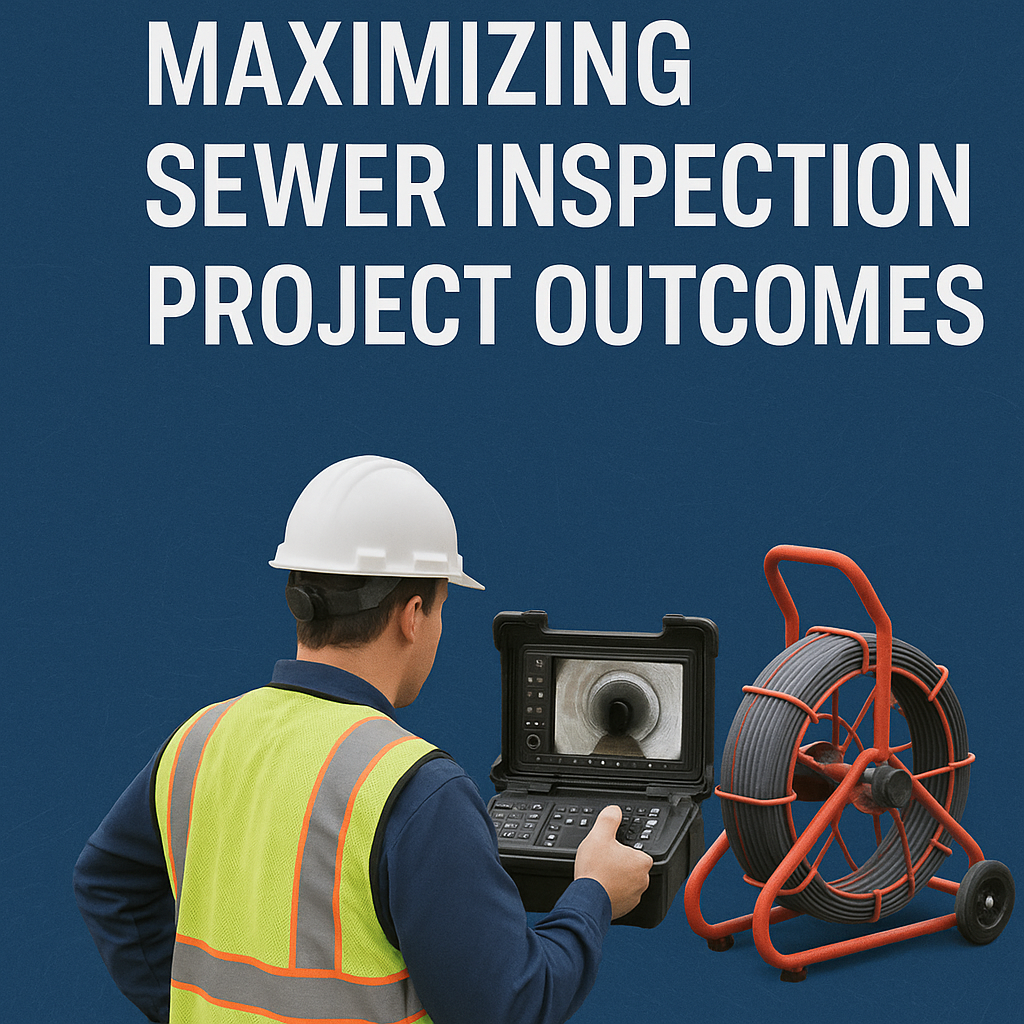Maximizing Sewer Inspection Project Outcomes
Learn how to boost your sewer inspection project outcomes with proven strategies and industry insights.

Maximizing Sewer Inspection Project Outcomes
Introduction
In today's increasingly urbanized world, effective sewer inspection is critical for maintaining the health and safety of our communities. The outcomes of these inspections not only affect the immediate functionality of sewer systems but also influence long-term infrastructure planning and environmental sustainability.
Understanding Sewer Inspection
What is Sewer Inspection?
Sewer inspection involves the examination of sewer lines and drains to detect blockages, leaks, and structural damage. This process is crucial for preventing costly repairs and maintaining efficient wastewater management.
Why Outcomes Matter
The outcomes of sewer inspection projects can significantly impact operational efficiency, budget allocations, and environmental protection. Understanding these outcomes allows professionals to make informed decisions that enhance system reliability and longevity.
Key Outcomes of Sewer Inspection Projects
Improved Infrastructure Maintenance
- Early Detection of Issues: Regular inspections help in identifying potential problems before they escalate into major issues.
- Cost Savings: By addressing minor issues early, municipalities and companies can save on expensive repairs and replacements.
Enhanced Environmental Protection
- Leak Prevention: Detecting leaks early prevents sewage from contaminating local water bodies and soil.
- Sustainability: Sustainable practices in maintenance and repair contribute to environmental conservation.
Optimized Resource Allocation
- Data-Driven Decisions: Inspection reports provide valuable data that can be used for strategic planning and resource allocation.
- Prioritization of Repairs: Knowing which areas need immediate attention helps in prioritizing repairs effectively.
Practical Tips for Maximizing Outcomes
Use of Advanced Technology
- CCTV Inspection: Utilize closed-circuit television systems for thorough inspections.
- Drones and Robotics: Implementing drones and robotics can enhance the accuracy and efficiency of inspections.
Training and Development
- Continuous Education: Regular training for staff ensures they are up-to-date with the latest technologies and methodologies.
- Certification Programs: Encourage participation in certification programs to improve skill sets and recognition.
Collaboration and Communication
- Stakeholder Engagement: Regular communication with stakeholders ensures alignment in project goals and outcomes.
- Community Awareness: Educating the public on the importance of sewer inspections can lead to better cooperation and understanding.
Industry Trends and Developments
Emphasis on Smart Technology
The integration of IoT and AI in sewer inspections is gaining momentum, offering real-time data analysis and predictive maintenance capabilities.
Regulatory Changes
Increasingly stringent environmental regulations are pushing for higher standards in sewer maintenance and inspection practices.
Focus on Sustainability
There's a growing emphasis on sustainable practices that minimize environmental impact, such as trenchless technology for pipe repairs.
Conclusion
Maximizing the outcomes of sewer inspection projects involves a strategic approach that combines technology, training, and communication. By focusing on these areas, professionals in the field can ensure efficient and effective sewer management that benefits both the environment and the community.
Actionable Advice
- Implement Regular Training Sessions: Schedule quarterly training sessions to keep staff updated on new technologies and techniques.
- Invest in Advanced Equipment: Allocate budget for the latest inspection technologies to enhance accuracy and efficiency.
- Engage with Stakeholders: Organize regular meetings with stakeholders to align on project objectives and outcomes.
Final Thoughts
The success of sewer inspection projects is measured by their outcomes. By adopting a proactive approach and leveraging modern technology, professionals can significantly improve these outcomes, ensuring safer and more sustainable communities.